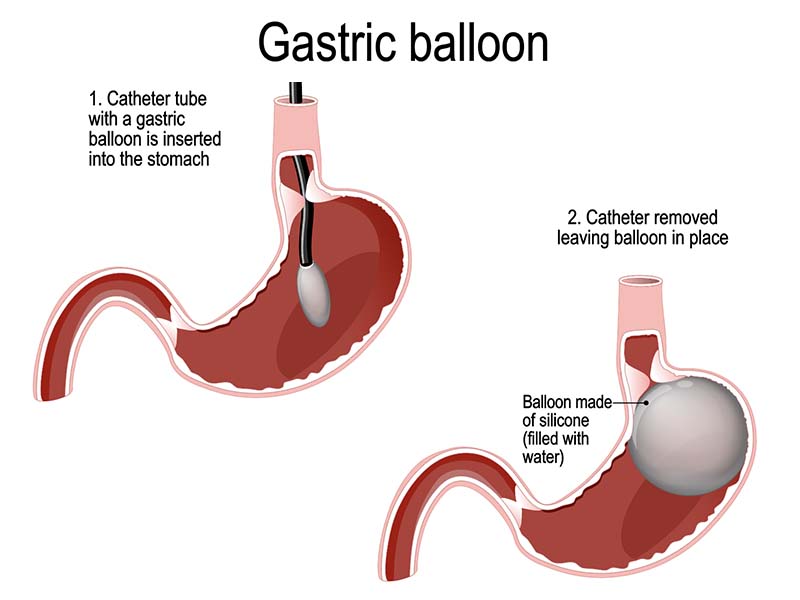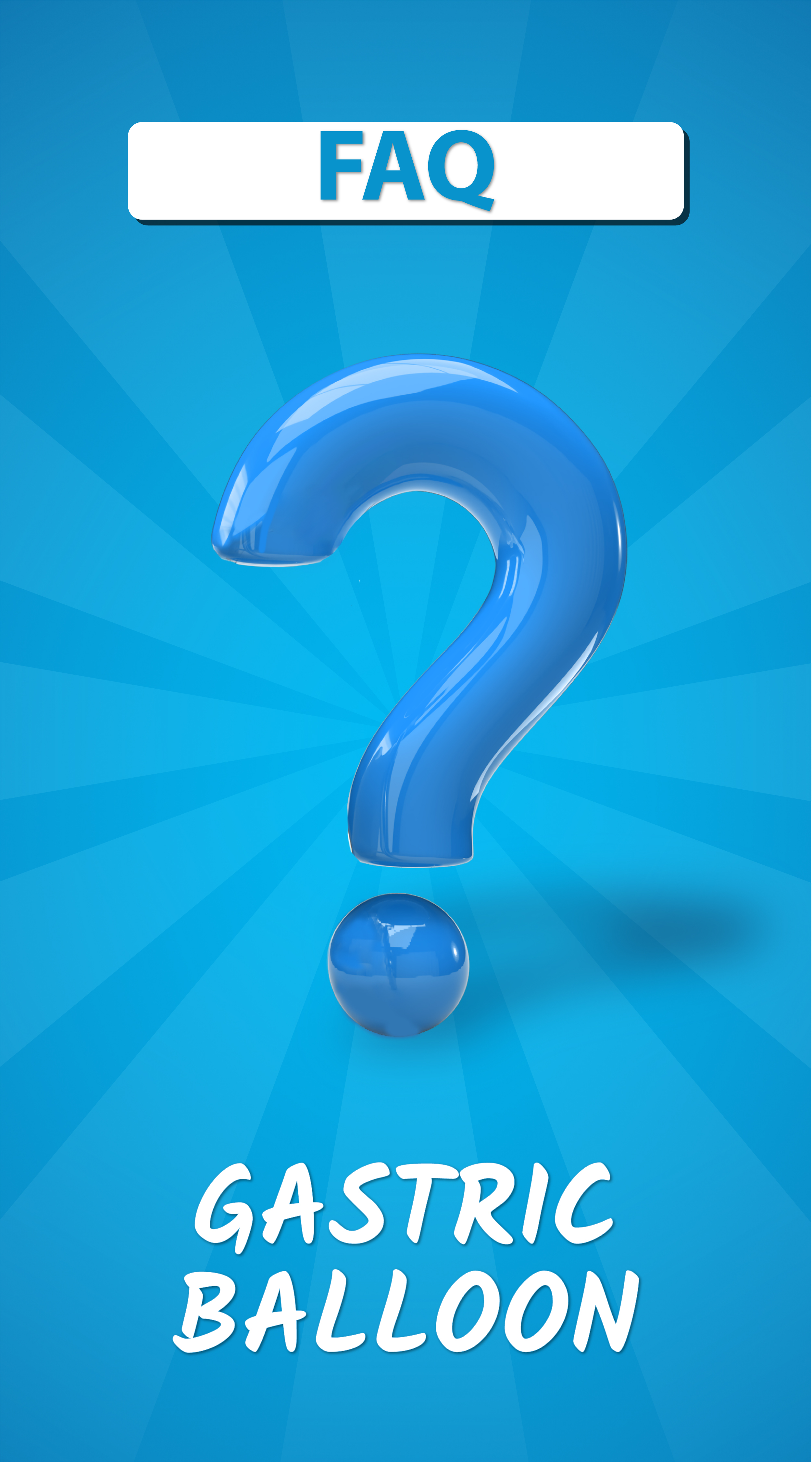Frequently Asked Questions
1. Am I a suitable candidate for Gastric Balloon?
When a patient's BMI does not support another weight loss surgery, a gastric balloon is employed. If your BMI is between 30 and 40, you are prepared to commit to healthy lifestyle adjustments and regular medical follow-up, and you have never undergone stomach or esophageal surgery, a gastric balloon is the solution for you.
2. How does Gastric Balloon work?
A gastric balloon is a non-surgical, non-pharmaceutical instrument that helps people lose weight. When used in conjunction with a controlled diet, it can help you achieve the health and aesthetic benefits of weight loss. It is made up of a soft, expanding balloon that is filled with air and makes you feel fuller sooner with less food. Overall, gastric balloon treatment can help you achieve your long-term weight loss objectives by dramatically reducing your portion sizes.
3. How will I feel after placement of Gastric Balloon?
It can be difficult in the first week or two. Cramping, nausea, and vomiting are frequent symptoms, but they are not hazardous in most cases. If you're having trouble, follow your Dietitian's advice and drink at least 2 liters of water every day.
4. When will I start to lose weight?
During the first week, you may lose a large amount of weight. During the first week, men may drop 8 to 15 pounds. The majority of women lose 4 to 8 pounds in the first week. You can also address potentially major weight-related health problems like diabetes, hypertension, and sleep apnoea if you stick to your newly acquired eating habits and lifestyle. To ensure the procedure's long-term success, you should adopt permanent healthy dietary modifications and exercise regularly once the gastric balloon is removed.
5. How long this Bariatric Operation takes?
It takes roughly 20 minutes to complete the treatment. The balloon will be left in place for 6 months or a year before being removed, during which time you will follow our dietician's supervised gastric balloon diet.



-0214.jpg)